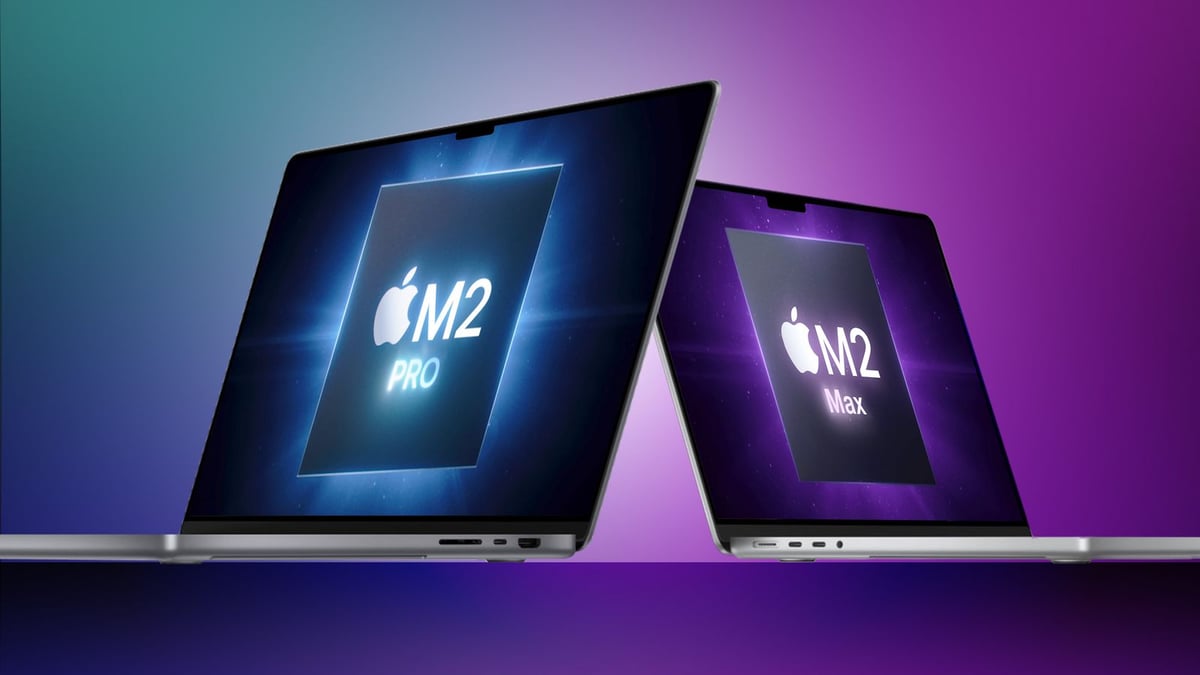No matter if you’re looking to sell the MacBook you’ve got or it’s getting past its prime and you want to trade it in for a newer model, it’s always worth making sure you aren’t leaving any personal files or information on the computer. The best way to do this is to factory reset your mac, a process that isn’t difficult but is worth doing properly to ensure you aren’t going to lose any files you might want to keep.
What to Do Before You Reset Your Mac
If you’ve typed “how to factory reset MacBook” into Google, the first thing you need to know is the age of your computer (to ascertain the chip it contains) and the operating system (os) that it’s running. If you’ve got a MacBook that’s from 2018 or more recently, it will feature the Apple T2 security chip, which makes the process of returning your laptop to factory settings much easier. Simply make sure you’re running macOS Monterey or macOS Ventura to use the handy Erasure Assistant feature.
To find this out, choose the Apple logo Menu > About This Mac and you’ll be able to see both the chip and os that it’s running. If your MacBook is from 2017 or earlier, it’ll feature an Intel chip and even if it’s running macOS Monterey or macOS Ventura, will require a different return to factory settings process that you can find lower down in this article.
RELATED: Apple Reveals 2023 Macbook Pro & Mac Mini Models With Advanced M2 Chips

How To Factory Reset A MacBook Air Or MacBook Pro (Apple Chip With macOS Monterey & macOS Ventura)
If you’ve got a newer MacBook, you’ll be able to use the Erasure Assistant, which will remove your content and settings, as well as any apps you’ve downloaded. You’ll need to reinstall macOS when you’re finished, but the process is very straightforward.
Before you return your device to the settings it had when it left the factory, make sure you’ve got a backup of all your files just in case you need them in the future. The most straightforward way to do this is by using Apple’s Time Machine backup, which you can find in the System Preferences Apple Menu bar. Once the backup has been completed, you should log out of all your Apple ID accounts and sign out of iCloud and iMessage.
macOS Monterey

To factory reset a Mac with this OS, choose the Apple logo Menu > System Preferences and from that menu choose System Preferences > Erase All Content and Settings. This will open the Erasure Assistant, where you enter your administrator information and you’ll see everything that will be removed (including looking out of your Apple ID) and follow the onscreen instructions from there.
macOS Ventura

For macOS Ventura, the process is almost identical and you need to select Apple Menu > System Preferences, but then follow Transfer or Reset and then click Erase All Contents and Settings. This version of Erasure Assistant will also require your administrator information to click Unlock, before you view the things that will be removed and you follow the onscreen instructions.
From there, for both macOS Monterey and macOS Ventura your Mac will restart and show a black screen with a progress bar. You’ll need to reconnect any Bluetooth devices such as a laptop or mouse, as well as the Wifi, before hitting Restart. You’ll then see the onscreen setup process as though you’re setting it up for the first time.
RELATED: Apple iOS 17 Will Introduce Several Of The “Most Requested” Features
How To Factory Reset A MacBook Air Or MacBook Pro (Intel chip Or macOS Big Sur & Older)
If your Mac computer is from 2018 and running its original macOS Big Sur, simply download macOS Monterey and follow the instructions above. If you need to factory reset a Mac that’s from 2017 or older (even if it’s running macOS Monterey), it’s a similar process, but a little more manual, including needing to reinstall macOS following completion.
Follow the Apple icon Menu bar > System Preferences > Apple ID > Sign Out. Next, sign out of messages by clicking Messages > iMessage > Sign Out.
You’re now ready to start the reset process but shutting down your Mac with the power button, then turning it back on and holding the Option > Command > P > R keys to start the recovery mode. From the macOS Recovery mode menu, select the Disk Utility window (the Disk Utility icon features a stethoscope) and then Continue (GUID Partition Map is the standard partition map scheme for the Disk Utility storage).
The next window will be the Macintosh HD window where you select Erase and leave the format type as APFS. However, if you’re resetting a very old Mac with a Macintosh HD mechanical hard drive, you’ll need to select Mac OS Extended as the format in the Macintosh HD window.
From here, your Mac computer will begin the return to factory settings process. If you intend to use the Mac after this process, you’ll then need to select reinstall macOS from the macOS Utilities window and follow the onscreen instructions.
So there you have it, the step-by-step guide to completely factory reset your MacBook Air or Pro, no matter the generation you own of the OS it’s running.
















